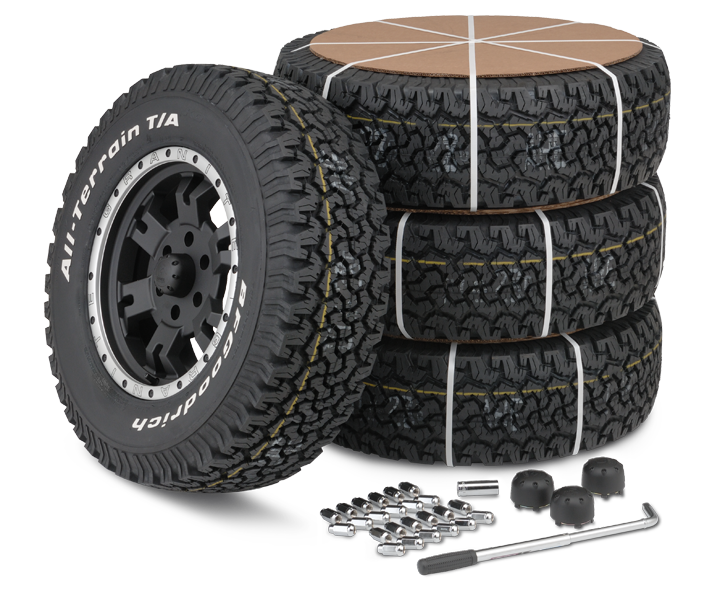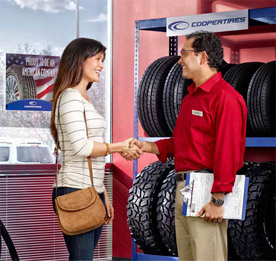Dependable Tire Shop Morris: Your Location for Top Quality Tires and Providers
Dependable Tire Shop Morris: Your Location for Top Quality Tires and Providers
Blog Article
Tire Service: The Effect of Weather Condition Problems
When it pertains to ensuring ideal efficiency and safety on the roadway, understanding the effect of climate conditions on tire service is crucial. From scorching warm to icy roadways, each climate element can substantially affect tire functionality and general driving experience. By diving right into the effects of varying weather on tires, chauffeurs can gain useful understandings that might boost their vehicle's performance and durability. In this conversation, we will check out the complex relationship between weather and tire service, clarifying the importance of weather-specific tire upkeep techniques and considerations.
Warm and Tire Performance
When subjected to heats, tires experience adjustments in performance that can considerably affect car safety and handling. The heat generated from prolonged driving or heat problems triggers the tire rubber to soften, resulting in reduced step life and raised wear. As the rubber ends up being softer, the tire's hold when traveling diminishes, affecting stopping distances and overall grip. In extreme cases, too much warm can even create tire blowouts, posturing a serious safety threat to the automobile and its residents.
Furthermore, high temperature levels can accelerate the procedure of tire aging, causing the rubber to wear away faster. This can lead to fractures, bulges, and various other forms of damage that endanger the structural honesty of the tire. To reduce the impacts of heat on tire performance, vehicle drivers ought to routinely inspect their tire stress, turn tires to make certain even use, and evaluate for any indications of damages. Additionally, using tires particularly made to endure heats can assist preserve optimal efficiency and safety and security when driving.
Cold Climate Effects
Cold climate problems can have a considerable impact on tire performance and safety and security. In chilly weather, tires might additionally lose air pressure extra quickly, which can affect handling and gas effectiveness.
To mitigate the results of chilly weather on tires, it is crucial to regularly check tire stress and inflate them to the maker's recommended degrees. Using winter months or all-season tires created for cold climate conditions can also enhance traction and hold on icy or snowy roads - morris tire and alignment. Proper tire upkeep, including regular examinations for wear and damage, comes to be much more crucial throughout colder months to make sure optimal efficiency and safety and security
Rainy Conditions Influence
Tires with worn-out footsteps are a lot more prone to hydroplaning, where a layer of water constructs up in between the tire and the road surface area, leading to loss of traction. To battle this, motorists ought to routinely evaluate their tires for appropriate tread deepness and consider spending in tires specifically made for wet conditions.

Snow and Tire Safety And Security
When driving in snowy problems, having the right tires can make a significant difference in security and efficiency. Winter months tires are made with special rubber compounds and tread patterns to give better traction on snow and ice home compared to all-season tires.
In addition to using winter season tires, it is go to this web-site important to guarantee they are effectively blown up. Winter can trigger tire pressure to drop, affecting traction and handling (discount tires morris il). Regularly checking and maintaining the correct tire stress is crucial for optimum efficiency in snowy problems

Weather-Related Tire Maintenance
Weather-related tire maintenance incorporates a variety of practices intended at making sure ideal tire function and long life in different climate situations. One essential facet of weather-related tire upkeep is tire pressure law. Checking tire tread regularly and changing tires when tread wear gets to a specific deepness is important for keeping traction and security in unfavorable weather.
Final Thought
Finally, weather have a substantial influence on tire efficiency and security. From warmth affecting tire stress and wear to winter minimizing grip, it is vital to consider the weather condition when keeping and using tires. Wet problems can decrease hold and lead to hydroplaning, while snow can enhance the threat of accidents if tires are not appropriately equipped. Weather-related tire maintenance is critical in guaranteeing ideal efficiency and safety on the roadways.
In this discussion, we will check out the complex partnership in between climate problems and tire solution, losing light on the importance of weather-specific tire maintenance practices and considerations.

Report this page